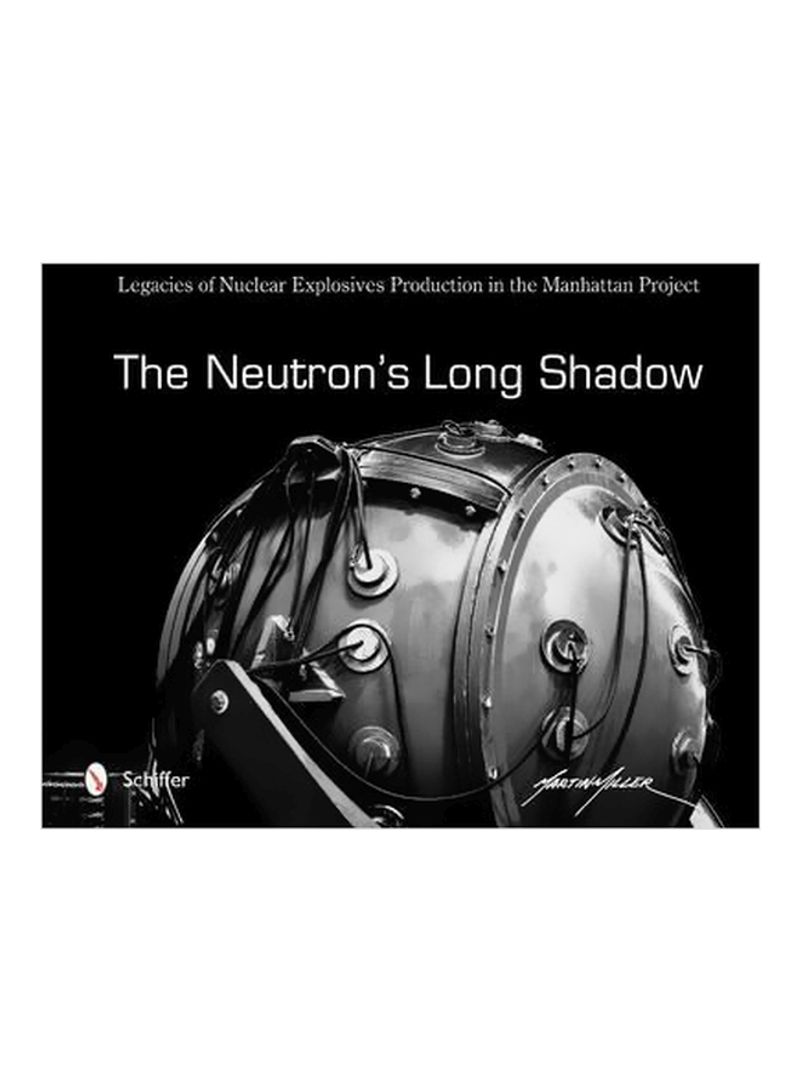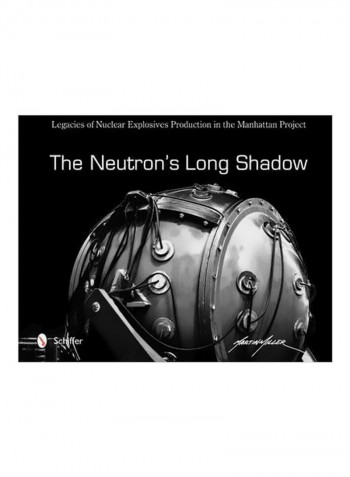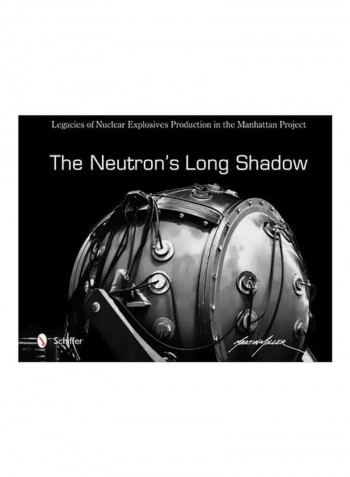Legacies Of Nuclear Explosives Production In The Manhattan Project: The Neutron's Long Shadow Hardcover
Recommend
Sort by
Rating
Date
Specifications
Author 1
Martin Miller
Book Description
The intellectual adventure of developing the atomic bomb at Los Alamos has been well documented, but the fact is that 90% of the Manhattan Project expenditures went to produce the exotic nuclear explosive materials required. That is the story told here, a story of the brilliant harnessing of American industry to build a coordinated network of huge production plants using technology that was being developed even as the plants themselves were rising. It is the story of multiple, complex production methods being pursued simultaneously without knowing any of them would ultimately work, a story of daring gambles and their ultimate redemption. It is the story of the frantic building of subsequent, larger plants that were worked to the limits of their safe operation during the Cold War arms race. This is a story told by the author in historical narrative and new high-resolution photographs of fast-disappearing relics.
Language
English
Publisher
Schiffer Publishing Ltd
Publication Date
28 February 2017
Number of Pages
208
About the Author
Martin Miller has been doing serious high-resolution photography since 1970. As a former research physicist, Miller brings a distinctive point of view to creating images of this quintessentially scientific subject. His photographic work has also received numerous international awards.
Editorial Review
In this comprehensive and definitive work, Martin Miller reveals the massive, brooding machinery behind the apocalyptic weapons of the Atomic Age. Much that is revealed here is gone-dismantled and buried away-making Miller's haunting photographs a final, Ozymandian memorial. -- Richard Rhodes, author of The Making of the Atomic Bomb "A great addition to the literature on the Manhattan Project." -- Cindy Kelly, president of the Atomic Heritage Foundation "Deserves a prominent place among books about the atomic bomb." -- Robert S. Norris, Author of Racing for the Bomb "The first book to accurately depict the role of the production plants in Hanford and Oak Ridge." -- D. Ray Smith, Y-12 Historian



